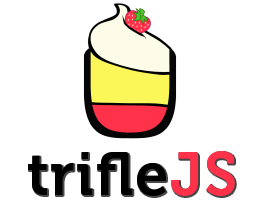A headless Internet Explorer browser using the .NET WebBrowser Class with a Javascript API running on the V8 engine.
The API is coded as a port of PhantomJS. Perfect for test automation. If you have used phantom before then you already know how to use TrifleJS.

It supports different version of IE interchangeably depending on the current version installed (IE9 can emulate IE7, IE8 or IE9 but not IE10).
C:> TrifleJS.exe --emulate=IE8 --render=http://whatbrowser.org/



